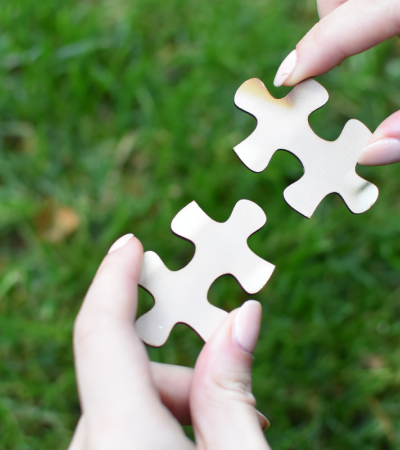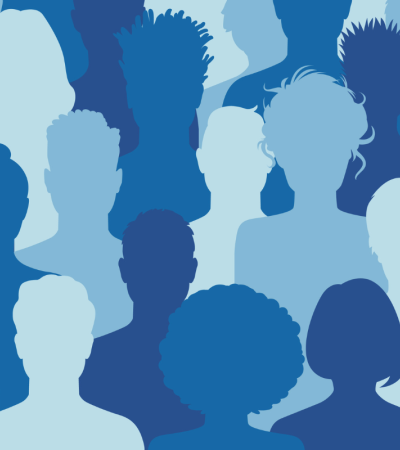In previous posts, we shared information about a recent survey that asked libraries to talk about one partnership that worked well for them. So far, we’ve discussed responses to two of our survey’s key questions: Who do you consider your public? and What did your partnership focus on?
In this post, we focus on a third key question our survey asked: How did you interact with your partner? Our results show that libraries are deeply invested in the partnerships they’ve forged, and that they’re collaborating in lots of different ways with their partners. The diverse nature of these interactions underscores just how valuable partnerships are for libraries, and highlights the variety of ways that local organizations and institutions can help advance libraries’ community outreach and engagement efforts.
What Did Libraries Tell Us?
In order to make partnered programming work, libraries need to be highly engaged with those they’re partnering with. At the same time, high levels of partner engagement ensure that library workers are well-informed to speak about these partnerships. To measure how involved respondents were with their partners, we asked them to indicate this on a slider—the results from which can be seen below. As this indicates, most respondents exhibited high levels of engagement with their partners.
But how exactly are they engaging with these partners? As our work on the American Library Association’s New Americans Library Project made clear, partnership interactions come in all shapes and sizes. For libraries, some of the most common forms of this include:
- Making sure patrons are aware of of the partner’s resources and services
- Making space available for a partner-led program
- Providing both space and technical assistance for a partner-led program
- Close collaboration between partners
- Relying on the partner’s expertise in a mainly library-run program
Our question about partner interactions made use of these five categories. All but one (363) library provided information on partner interactions, and their responses ranged widely across these categories (with at least 21 in each). By far the most common response (182, or 50.0%) was "we collaborate closely to provide programs and services (programs in this category may take place in the library or elsewhere in the community)."
Improving Our Model
While most respondents felt the partnership they described fit one of the five options given, 18 provided a different explanation. Some explained how they hosted a program in a partner’s space without extensive collaboration, while others indicated that the partner simply contributed food or drinks to an event. These responses suggested that there was a need for more fine-grained response options, and that it might be best to model partnerships along a series of axes rather than as defined categories. Based on the feedback we received, we updated our model, using a series of sliders that can be moved across a spectrum. You can see Version 2.0 below:
Let’s Put It to Work!
As we move forward with this work, we’re curious to know what you think about this new slider model. We think that it will help libraries identify ways in which they would like to strengthen their work together or seek out new relationships, but would love to get your input. What do you think about the slider model? It is helpful for you, in terms of thinking about how you interact with your library’s partners? Some other questions we’d love to receive input on include:
- Do these different dimensions make sense to you? What other aspects could we add that are missing?
- Could this model be used to prompt discussion at your library, say with your coworkers or administrators?
- If this was a digital tool that you could manipulate, what would you want it to tell you? For example, would you want ideas about how to assess different partnerships?
We’d love to get your input on these questions, so please let us know what you think about this new model. You can do this either by commenting below or by emailing us at programminglibrarian@ala.org.
These materials were produced for National Impact of Library Public Programs Assessment (NILPPA), a project funded by the Institute of Museum and Library Services. The authors are solely responsible for the content on this page.
Written by Knology. This blog has been co-posted on Programming Librarian, NILPPA and the Knology website.
Knology is a nonprofit research organization that produces practical social science for a better world. The organization pursues this goal to help professionals in a variety of sectors build inclusive, informed, and cooperative societies that can thrive together with the natural systems on which we all depend. As a transdisciplinary collective of over 30 social scientists, writers and educators, the organization's work process is built on equity, transparency and deliberation.



